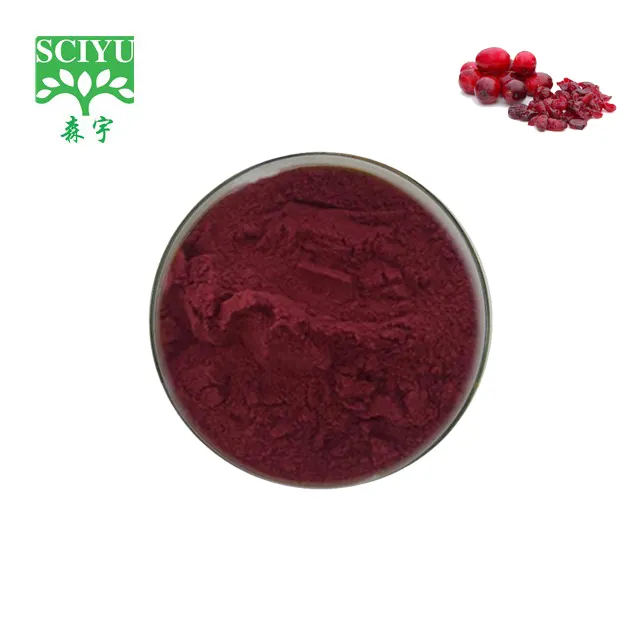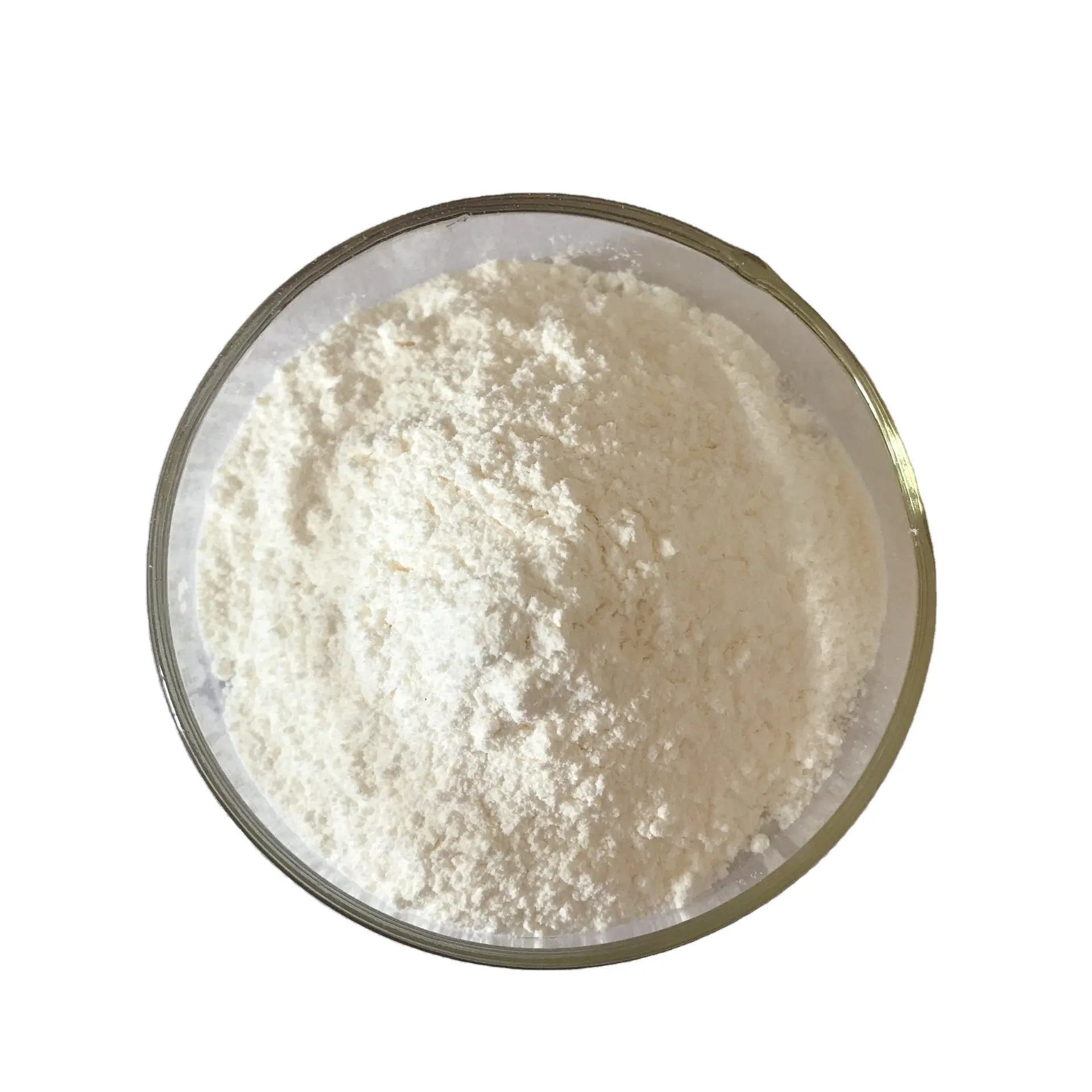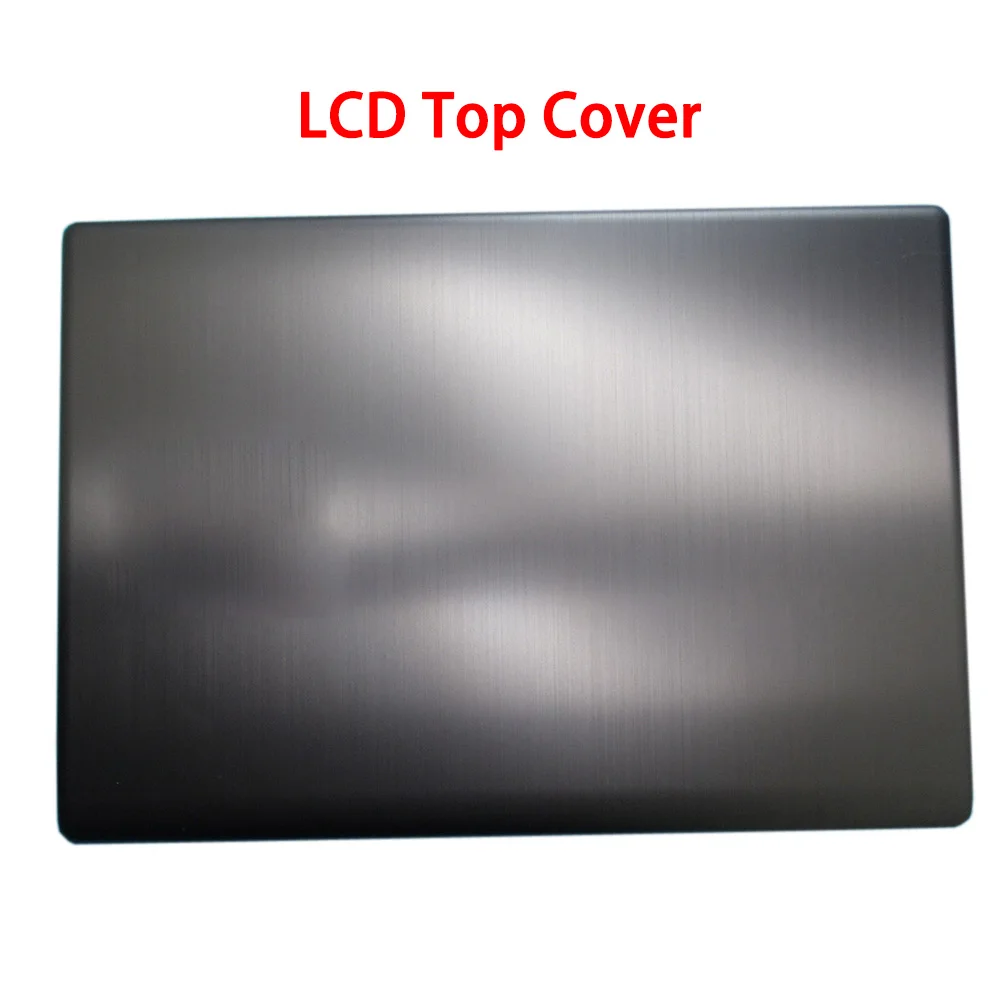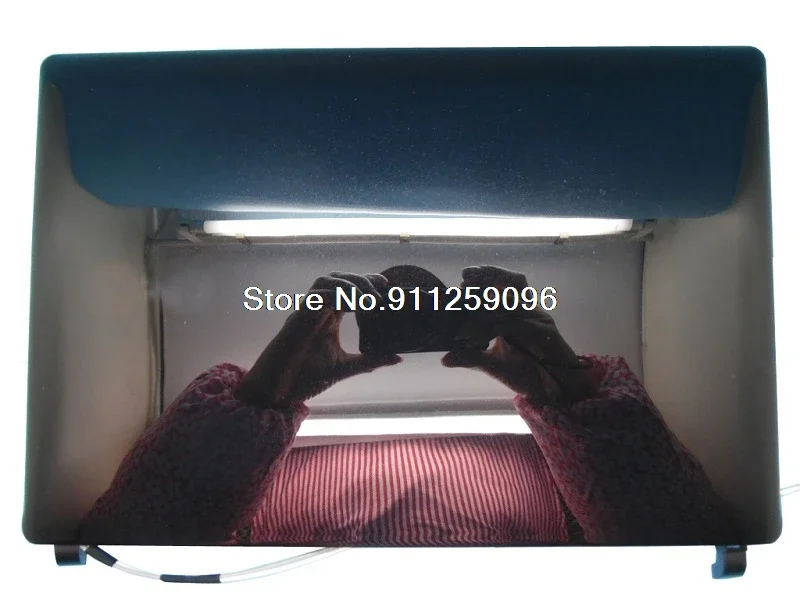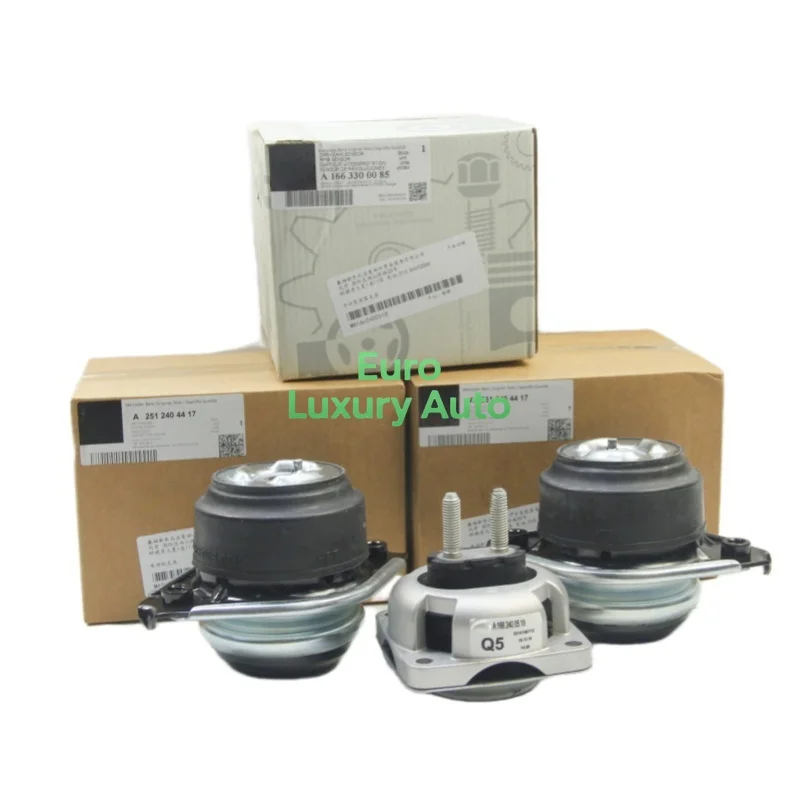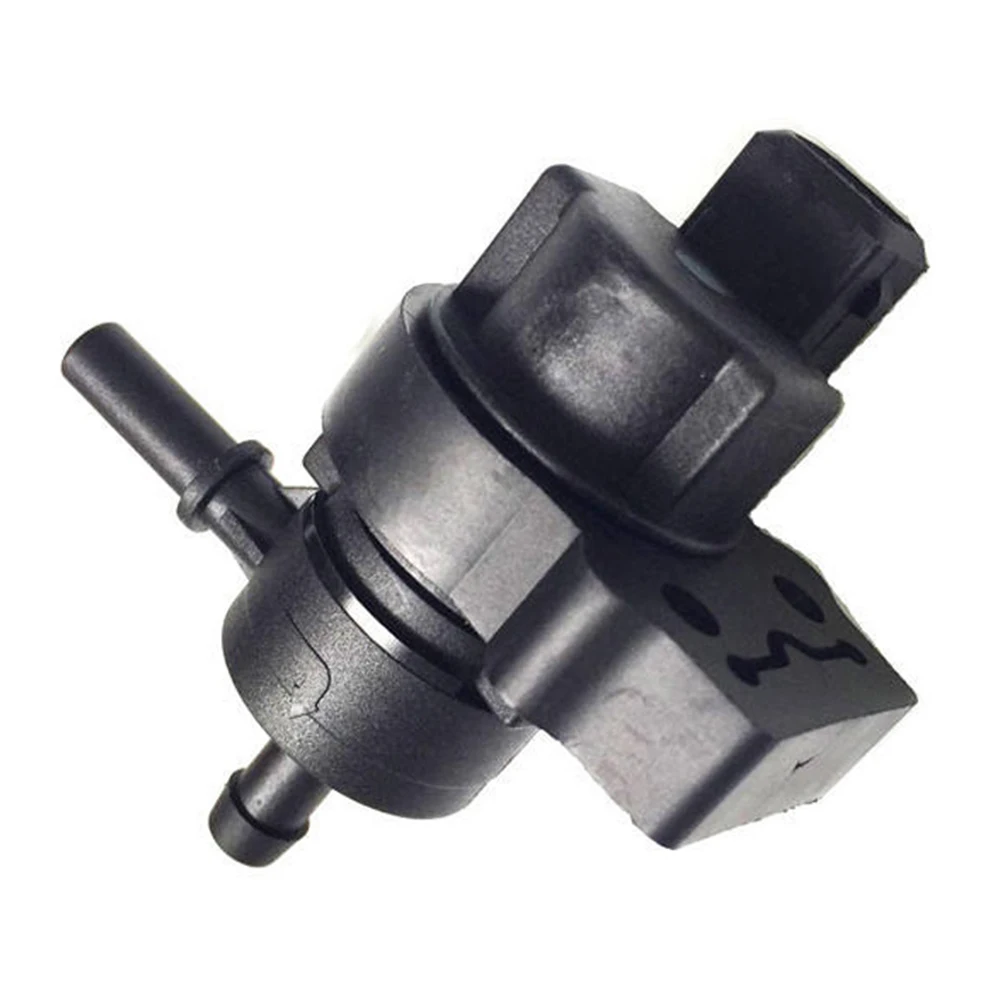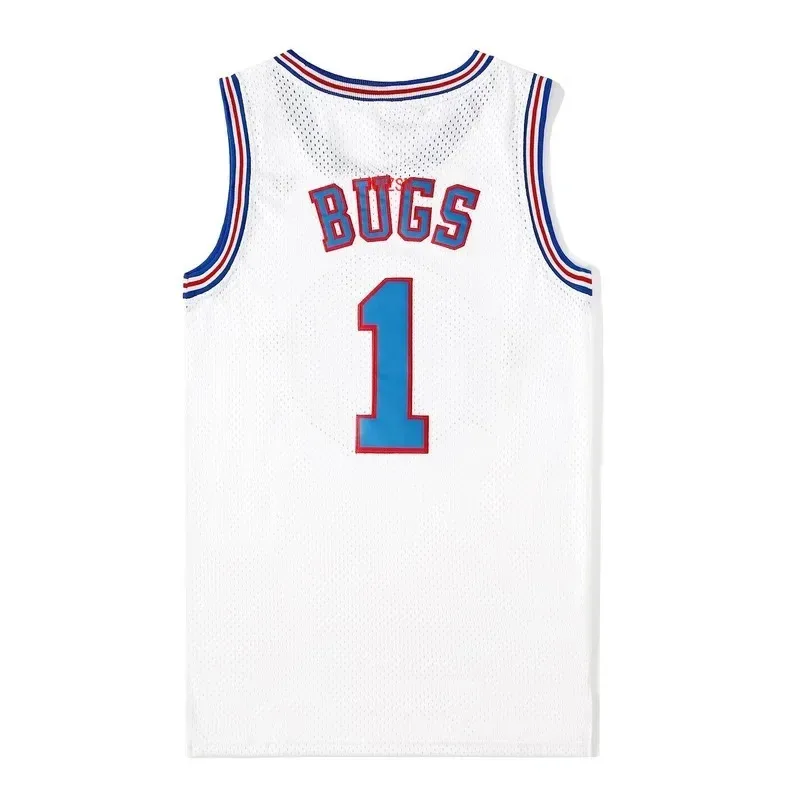Оптовая продажа пищевой синтетический k2 витамин 0.2% МК7
- Категории: Extract >>>
- Поставщик: Health,Sources,Nutrition,Co.,Ltd.
Поделиться:
Описание и отзывы
Характеристики


Technical Data Sheet
Vitamin K includes two natural vitamers: vitamin K1 and vitamin K2. Vitamin K2, in turn, consists of a number of related chemical subtypes, with differing lengths of carbon side chains made of isoprenoid groups of atoms.
Vitamin K1, also known as phylloquinone or phytomenadione, is made by plants, and is found in highest amounts in green leafy vegetables because it is directly involved in photosynthesis. It may be thought of as the plant form of vitamin K. It is active as a vitamin in animals and performs the classic functions of vitamin K, including its activity in the production of blood-clotting proteins.
Vitamin K2 (menaquinone) includes several subtypes. The two most studied ones are menaquinone-4 (menatetrenone, MK-4) and menaquinone-7 (MK-7).
| Vitamin K1 | Vitamin K2 |
Name | Phylloquinone (single substance) | Menaquinone (a family of similar molecules called MK, from MK-4 to MK-13. MK-4 is the type most often consumed in food.) |
Function | Blood clotting - prevents excessive bleeding. (K1 is what prevents a paper cut from becoming dangerous.) | Helps direct calcium to the right places (into bones and teeth and out of soft issues like arteries and kidneys) May help support bone, heart and brain health. |
Found in | Green leafy vegetables | Fermented foods (some European hard cheeses and Natto or fermented soybeans) Fatty organ meats like liver Chicken dark meat Some pork products Egg yolks from pastured chicken Grass-fed butter |
Daily Value (RDA) | 90 micrograms for women 120 micrograms for men | Not yet established, but experts recommend 100 to 200 micrograms of K2 daily. |
Toxicity | No known toxicity if taken at recommended levels. | No known toxicity if taken at recommended levels. |
After taking | Vitamin K1 travels to liver more effectively than to bones.
Liver uses Vitamin K1 to activate proteins needed for blood clotting. | Vitamin K2 travels to bone more effectively than K1. Bones use K2 to produce Osteocalcin, a bone- building protein hormone, which also supports metabolic health.
The MK-4 form of Vitamin K2 is effective at reaching tissues other than liver and bones.
The MK-7 form of K2 is 3X better at reaching bones and activating Osteocalcin than K1. |

Technical Data Sheet
Product | Vitamin K2( Menaquinon-7) powder |
Specification | 0.2%, HPLC |
CAS number | 863-61-4 |
Additive | Beta cyclodextrin |
Items | Specifications | Methods |
Appearance | Yellow powder | Internal |
Condition | No offensive taste and smell | Internal |
Menaquinone-7 | ≥0.2% | HPLC |
Melting point | 53-54℃ | GB/T 617 |
Loss on drying | ≤7.0% | GB 5009.3 |
Residue on ignition | ≤0.1% | GB 5009.3 |
Reducing sugar | ≤0.2% | GB/T 5009.7 |
Starch | Negative | IP |
Fatty acid | Negative | GB 5413.27 |
Heavy metals (Pb) | ≤10ppm | GB 5009.12 |
Arsenic | ≤2ppm | GB 5009.11 |
Lead | ≤2ppm | GB 5009.12 |
Mercury | ≤0.3ppm | GB 5009.17 |
Cadmium | ≤0.3ppm | GB 5009.15 |
Pesticides residue | Negative | EP |
Solvent residue ethanol | ≤500ppm | USP467 |
Colonies number | ≤1000cfu/g | GB 4789.2 |
Yeasts & molds | ≤100cfu/g | GB 4789.15 |
Salmonella SP. | 0/25g | GB 4789.4 |
Staphylococcus | 0/25g | GB 4789.10 |
E. Coli | 0/25g mpn/g | GB 4789.3 |
Net weight: 1kg/bag*25bags/Drum or Carton;
Gross weight: 27.5Kgs±0.5kg/Drum.
Packing size: Drum.I.D.35×H51cm; Carton 36cm×36cm×45cm
24 months under in a well-closed container and away from moisture, light, oxygen.
Packed in paper-drums or carton with two plastic-bags inside.


















